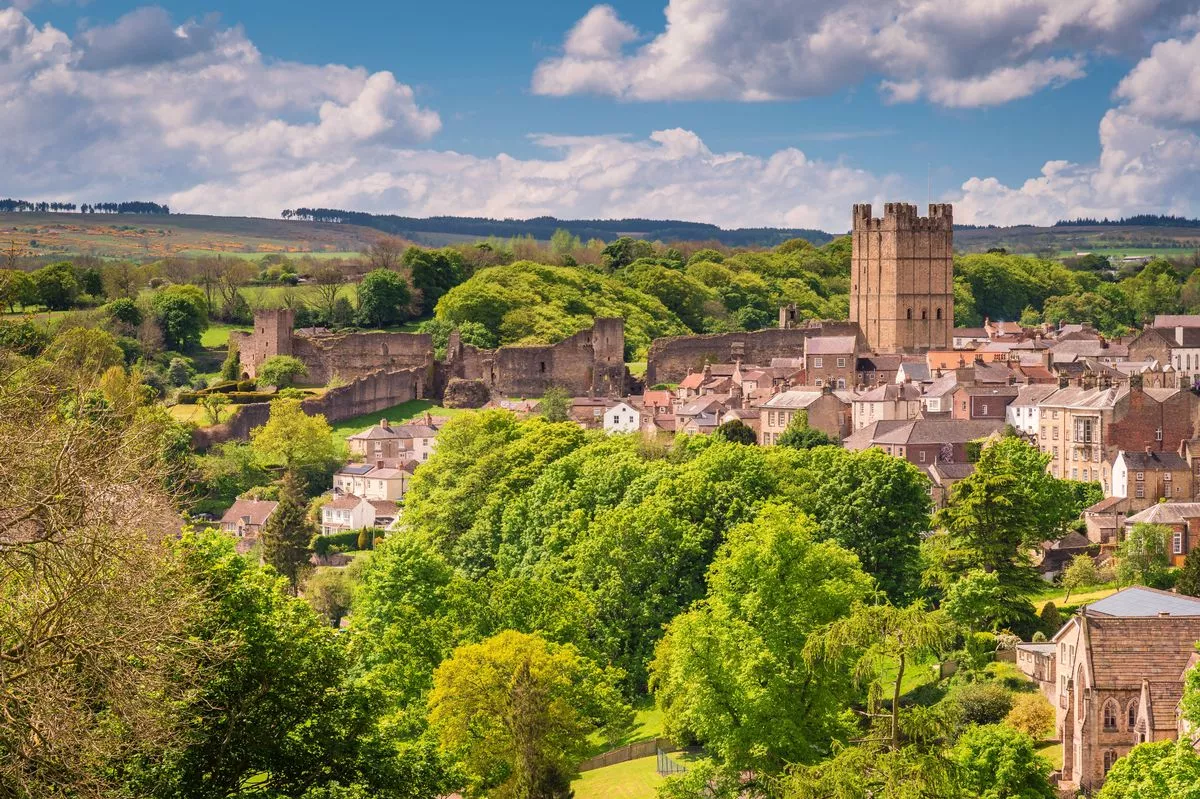This valley in the Yorkshire Dales is home to charming villages, historic mining sites, scenic trails and England’s highest pub at 1,732 feet
Nestled at the northernmost point of the Yorkshire Dales, this dale is steeped in history from its mining past, with countless tales etched into its landscape.
Swaledale, a delightful Dale, is home to the River Swale, England’s fastest river, which gracefully meanders through its verdant fields. Tucked away amidst this natural beauty is the Tan Hill Inn, England’s loftiest pub, inviting guests to drop by as they traverse the undulating hills of Yorkshire.
Perched at an impressive 1,732 feet above sea level, this historic pub dates back to the 17th century and exudes a cosy charm. Adorned with exposed beams, a stone-flagged entrance and a crackling fire, it provides the perfect tranquil spot for a pint and a bite while exploring the region.
At the heart of the Dale lies Reeth, a central village boasting three popular pubs, charming arts and crafts shops, and a delightful bakery offering local pies and breads. Fridays are a highlight in the area, as the village transforms into a bustling market, with stalls lining the streets selling a variety of eclectic goods.
In Reeth, you’ll discover a museum that illuminates the fascinating rural life of the Yorkshire Dales and its rich local heritage. Here visitors can explore decades of the area’s heritage, with exhibits spanning geological specimens to prehistoric discoveries and, naturally, equipment linked to its rich lead mining past.
Following their trip, one delighted guest said on TripAdvisor that the museum was a “wonderful surprise”. They said: “I love a museum, and I have visited my fair share, but this was a truly surprising little gem.
“I have never seen quite so much variety crammed into such a small space, and the range of information covering the local community in its history was wonderful. A great amount of detail is provided in a clear and understandable manner, combined with humorous and heartwarming local stories.”
For those eager to experience the lush landscapes of the valley, the Swale Trail is an absolute must. Whether tackled on foot or by bicycle, according to enthusiastic explorers, it’s a destination that justifies the effort.
Following their adventure, one visitor said: “Amazing views. We did this by ebike, but imagine you’d need quite a high fitness level for the Gunnerside to Keld route on pedal power alone. Gunnerside to Keld, however, has the best views. This route overall is actually one of the best trails around but seems relatively undiscovered.”
The area’s traditional allure is evident throughout the year, but it’s particularly enchanting during spring and summer when the hardy Swaledale sheep graze and beautiful wildflowers bloom amidst the stunning hay meadows. Even on the chilliest days, the valley continues to reveal a wealth of trails and hidden treasures.


